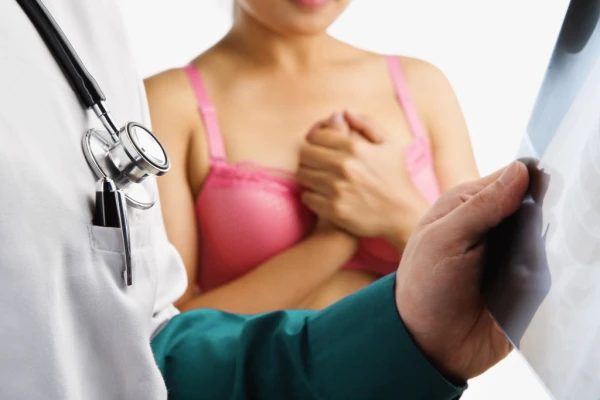
October 15 is International Breast Cancer Awareness Day. This date serves as a reminder that the main weapon against the disease is reliable information and early diagnosis.
10 Dangerous Myths About Breast Cancer
October 15 is International Breast Cancer Awareness Day. This date serves as a reminder that the main weapon against the disease is reliable information and early diagnosis.
Breast cancer remains the most common type of cancer among women, but the success rate of treatment is very high if it is detected at an early stage. Myths and misconceptions greatly hinder timely examinations and trust in evidence-based medicine. Some fear mammography, while others believe that the disease "is not inherited through the female line" or occurs only in older age. We have gathered the most common myths and analyzed them based on scientific data.
1. Sugar Causes Breast Cancer
This myth sounds particularly convincing: it seems logical that tumors "feed" on sugar. In fact, there is no evidence that sugar directly causes breast cancer.
However, excessive consumption of simple carbohydrates does increase the risk of obesity – and excess weight has been proven to increase the likelihood of developing the disease.
2. Underwire Bras Block Lymph Flow and Cause Cancer
This theory emerged in the 1990s, and many still believe it. However, a study published in Cancer Epidemiology, Biomarkers & Prevention found no link between the type of bra and the risk of breast cancer.
The lymphatic system is not so easily blocked – its function does not depend on the density of the bra fabric or the metal components in its design.
3. Antiperspirants and Deodorants Cause Breast Cancer
Many claim that aluminum salts or parabens from deodorants penetrate the skin and cause tumors. To date, large studies have not confirmed this link.
The risk of breast cancer is not associated with the use of antiperspirants. It is important to monitor the composition and not apply the product to irritated skin after shaving.
4. If No One in the Family Has Had It, There’s No Need to Worry
Only 5–10% of breast cancer cases are associated with hereditary mutations in genes. Most patients with this diagnosis do not have a family history. Therefore, regular preventive examinations are important for all women, even those without a genetic predisposition.
5. If the Breast Hurts or a Lump is Palpable, It’s Definitely Cancer
Pain or a lump does not always indicate a malignant process. More often, these are benign formations – cysts, fibroadenomas, cyclical changes related to hormones.
Nevertheless, any new symptoms are a reason to see a doctor rather than waiting for it to "pass on its own."
6. Mammography Can Cause or "Spread" Cancer
The myth that mammography is dangerous lacks evidence. The radiation dose during the procedure is extremely low and is not capable of causing mutational processes. Studies also do not support the idea that mechanical compression of the breast "spreads" the tumor.
Regular mammography remains the most effective way to detect the disease early.
7. Men Don’t Get Breast Cancer
The disease is indeed more common in women, but men also have breast tissue and can develop it (about 1% of all cases). They are often diagnosed later due to low awareness. Therefore, if lumps or nipple discharge appear, it is important to get examined immediately.
8. Implants Cause Cancer
Modern implants do not increase the risk of breast cancer. The exception is a rare form of lymphoma associated with certain textured implants, but this is not breast cancer; it is a separate disease of lymphoid tissue. Regular follow-up with a surgeon and mammologist after breast augmentation surgery is essential.
9. Cysts Can "Turn Into" Cancer
Cysts are benign formations that do not turn into malignant tumors. Only monitoring and regular ultrasound as prescribed by a doctor are necessary. The idea that cyst cells turn into cancerous ones has not been proven by any study.
10. Abortion Increases the Risk of Breast Cancer
Numerous meta-analyses have shown that abortion is not associated with an increased risk of breast cancer. This hypothesis was disproven back in the early 2000s.

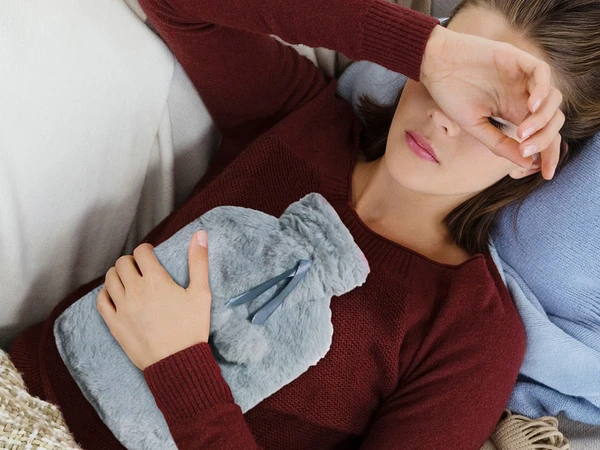



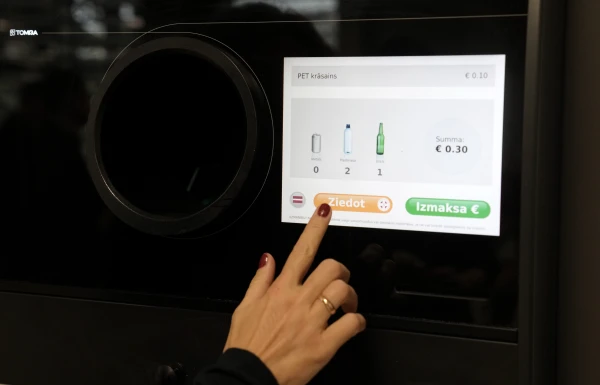
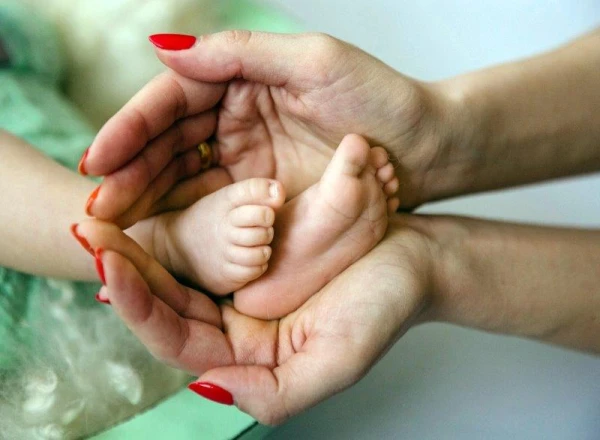



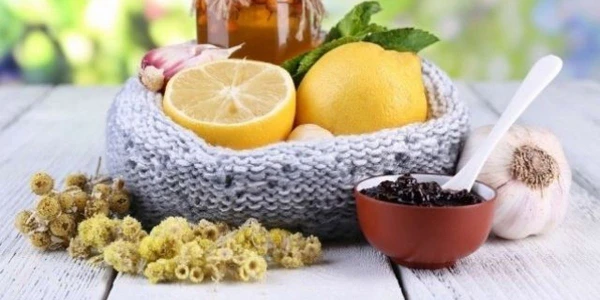
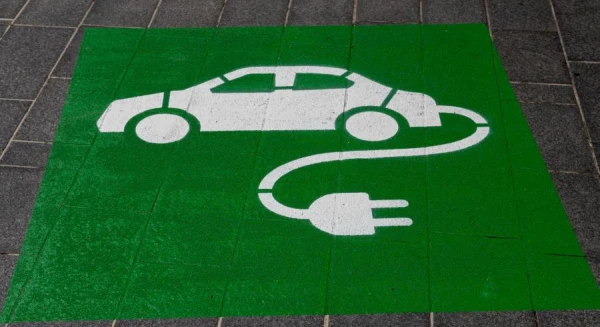


Leave a comment